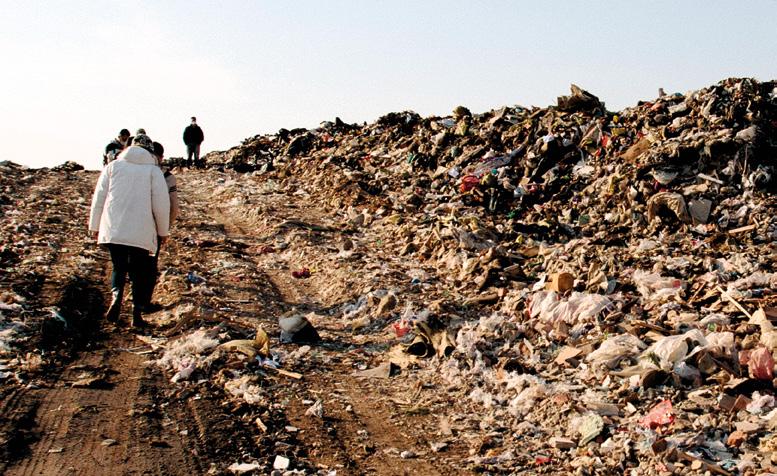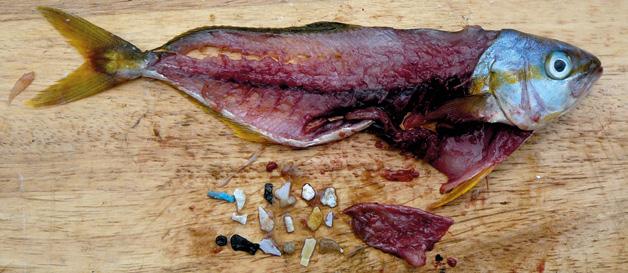
1 minute read
THE SCIENCE ON CHEMICAL THREATS FROM PLASTIC RECYCLING: ENVIRONMENT AND FOOD
from Forever Toxic
A broad range of studies demonstrate how people and the environment can be poisoned by plastic recycling. RECYCLED PLASTICS CAN CONTAMINATE THE ENVIRONMENT AND FOOD CHAINS:
A 2013 report10 in Nature recommended regulating plastic waste as hazardous waste, including waste presumably intended for recycling, noting threats to the environment, food chains, and health. The article noted that wildlife that consumes plastics can be harmed by toxic chemicals in these products, with previous research showing such threats to all sea turtle species, 45% of marine mammal species, and 21% of seabird species. The authors state, “As plastic (waste) breaks into smaller pieces, it is more likely to infiltrate food webs.”
Advertisement
A 2013 study11 found harmful air-polluting chemicals around and inside plastic recycling facilities in China, with potential health impacts on workers and local residents. Concentrations of harmful chemicals near the facilities were higher than those at a reference site.
Two studies12 from China found high levels of plastic flame retardant chemicals in soils, sediment, and road dust near plastic recycling facilities compared to low levels in samples from areas where no plastic recycling takes place.
A 2021 study13 by the International Pollutants Elimination Network (IPEN) and Arnika analyzed 35 pooled freerange chicken egg samples and 1 individual egg sample from 25 locations worldwide for certain persistent organic pollutants. Eggs produced around e-waste and plastic waste recycling yards were among the most contaminated samples in the study.















